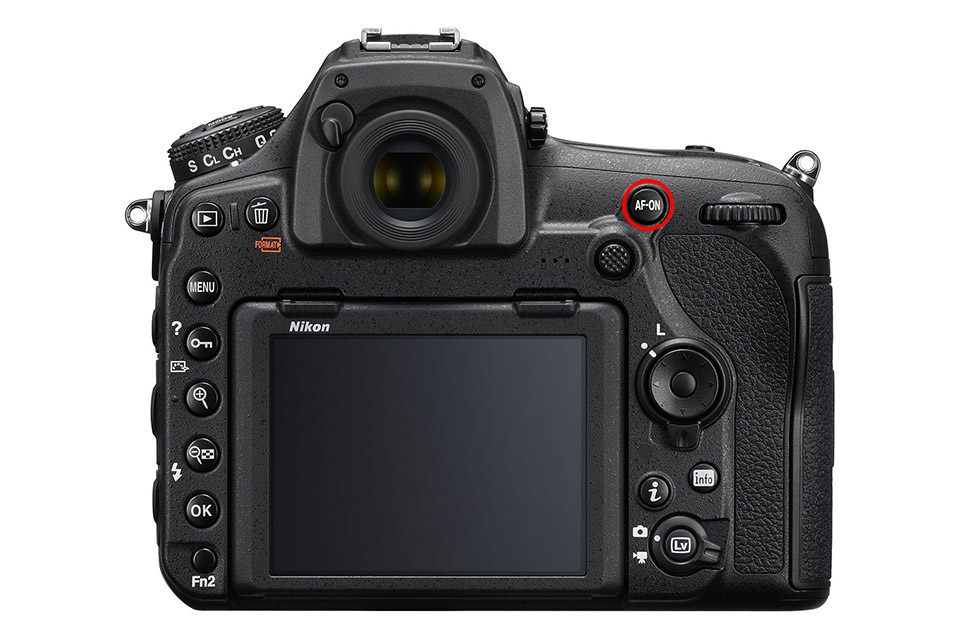
However, unlike depth of field, it is least in wide-angle lenses. It refers to the very small distance on either side of the focal plane where the film or video camera’s sensor can be situated and still record an acceptably sharp image.ĭepth of focus increases as the iris is stopped down. Depth of focus is an area behind the lens (inside the camera). Never confuse depth of focus with depth of field. Since I am no lens expert, I will let the authors of The Filmmaker’s Handbook explain it in better detail:ĭepth of focus is the tolerance in the accuracy of the mounting or seating of the lens on the camera. To understand how this works, you must grasp the concept of depth of focus (different from depth of field). When they are misaligned, even by a few microns, the distance markings on the lens could be wildly off and completely unreliable. When they are aligned properly, the distance markings on the lenses are exact and on point. Understanding how things work is one step towards being able to diagnose the problem. Before we dive into the tests for backfocus, it’s important that you understand the underlying concepts of flange focal distance, backfocus, and depth of focus as well as why backfocus matters.įlange focal distance is the distance between the lens mount flange and the film or sensor plane while backfocus is the distance between the rear element of the lens and the film or sensor plane.īoth of these distances are crucial to have correct. And with one simple check, you could’ve caught the problem early.įlange Focal Distance, Backfocus, and Depth of Focus

Well, many things could’ve happened, but there’s a chance it was the backfocus of the camera you were shooting on. You seat the lens in the mount after a perfect exchange, you hit your marks while pulling focus, and when you see the footage, you’re devastated to see it’s all out of focus anyway.


 0 kommentar(er)
0 kommentar(er)
